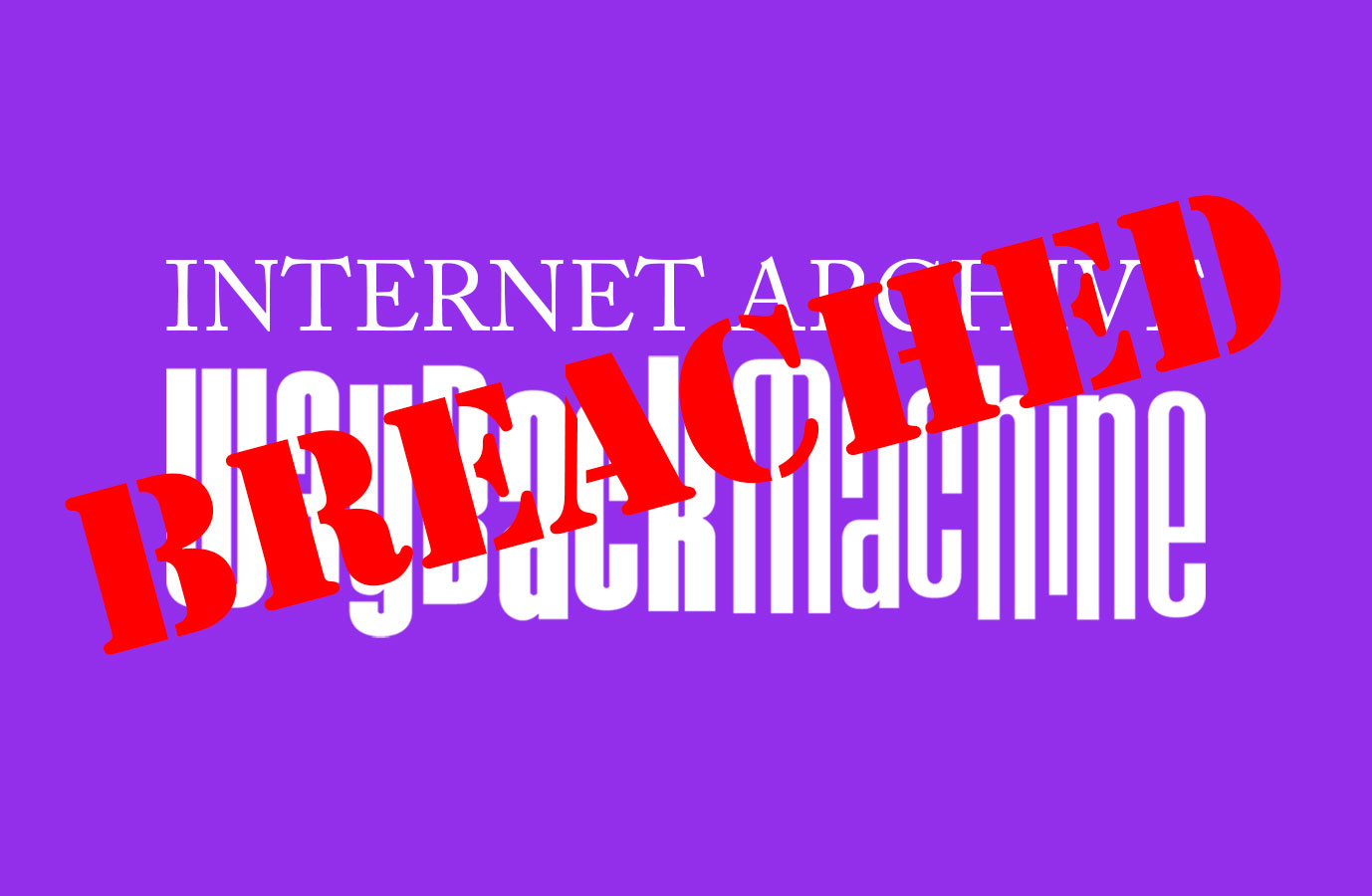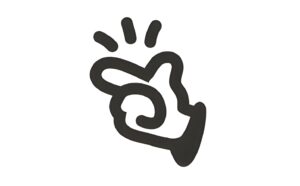In an alarming development for digital preservationists and internet historians alike, the Internet Archive—home to the indispensable Wayback Machine—has encountered a severe security incident. This event has sent shockwaves through the tech community and raised pressing questions about the vulnerability of our digital heritage.
The Dual Threat: Data Breach and Cyber Attacks
The Internet Archive is grappling with a two-pronged crisis:
- A massive data breach exposing user information
- A series of relentless distributed denial-of-service (DDoS) attacks
The Data Breach: A Deep Dive
The breach has affected tens of millions of user accounts, compromising various types of personal data. While the exact extent of the breach is still under investigation, early reports suggest that the exposed information includes:
- User email addresses
- Screen names
- Password data (fortunately encrypted, but still at risk)
This breach not only threatens user privacy but also undermines the trust placed in one of the internet’s most crucial historical resources.
The DDoS Onslaught
Compounding the data breach, the Internet Archive has been bombarded with DDoS attacks, causing intermittent outages and accessibility issues. These attacks have significantly disrupted the Archive’s services, including the Wayback Machine, leaving researchers, journalists, and everyday users temporarily unable to access vast troves of historical web data.
Timeline of the Crisis
While the full chronology is still emerging, here’s what we know so far:
- Late September 2024: Suspected initial breach of the Archive’s systems
- Early October 2024: First signs of unusual activity detected
- October 10, 2024: Public disclosure of the security incident
- Ongoing: DDoS attacks continuing to impact service availability
The Alleged Culprits
Reports have surfaced linking the attacks to a hacktivist group with potential political motivations. While these claims are still unverified, they add a layer of complexity to an already multifaceted situation.
Implications for Digital Preservation
This incident raises serious concerns about the vulnerability of our digital historical records. The Internet Archive has long stood as a bastion of online history, preserving countless websites and digital artifacts that would otherwise be lost to time. The current crisis threatens this vital mission and highlights the need for robust security measures in digital archiving.
What This Means for Users
If you’re one of the millions with an Internet Archive account, here’s what you should do:
- Change your password immediately
- Enable two-factor authentication if available
- Be alert for potential phishing attempts
- Monitor your email and other accounts for suspicious activity
FAQs About the Internet Archive Incident
Q: Is the Wayback Machine still functional?
A: The service is experiencing intermittent outages due to ongoing DDoS attacks. The Archive team is working to restore full functionality.
Q: How can I check if my data was compromised?
A: Keep an eye out for official communications from the Internet Archive. You may also want to check breach notification services for updates.
Q: Are the stored web archives at risk?
A: Currently, there’s no indication that the archived web content has been compromised or altered.
Q: Will this incident affect the Internet Archive’s ongoing legal battles?
A: It’s too early to tell, but this security breach adds another layer of complexity to the Archive’s current legal challenges.
The Road Ahead
As the Internet Archive works to mitigate this crisis, the incident serves as a stark reminder of the fragility of our digital infrastructure. It underscores the need for:
- Enhanced security measures for digital archives
- Greater investment in cybersecurity for non-profit organizations
- A collective effort to protect our shared digital heritage
The coming weeks will be crucial as we learn more about the extent of the breach and its long-term implications for digital preservation. Stay tuned to Caboodle Media for ongoing coverage of this developing story.



